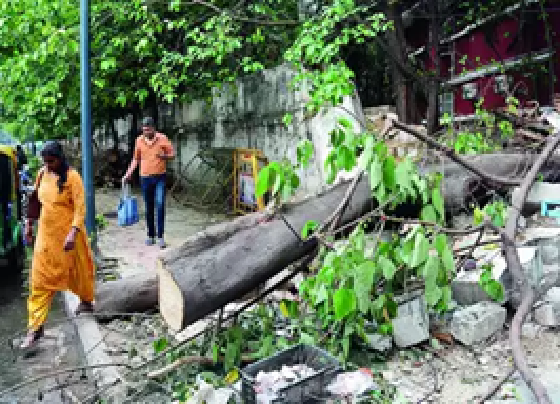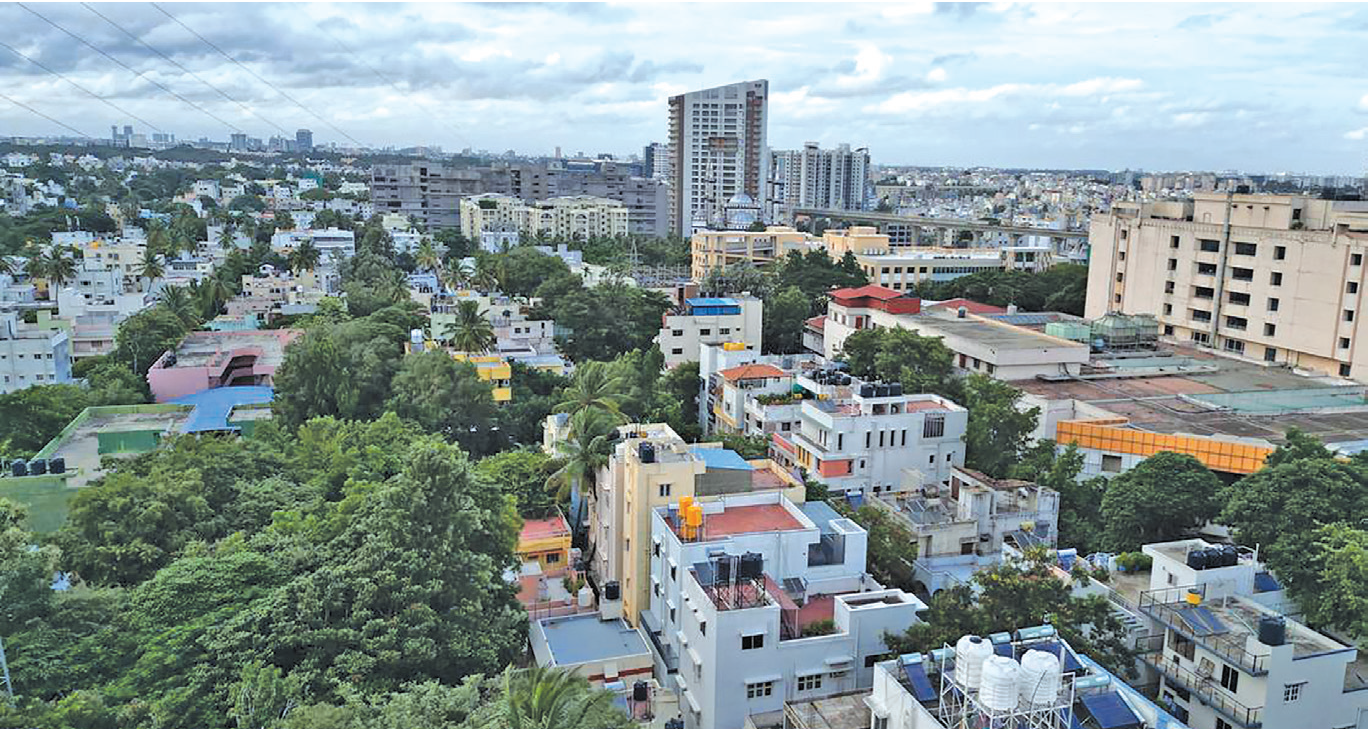
Only 10% of buildings have rainwater harvesting systems, enforcement poor
Sowmya Raju | NT
Bengaluru: Bengaluru receives ample rainfall every monsoon, enough to sustain the city for a whole year.
However, the city still reports water scarcity, even during the monsoon season. This is because the water preservation system in the city is not proper and sustainable.
The city also has a high rate of water leakage, and it is estimated that up to 40% of the water that is supplied to the city is lost before it reaches end users.
A well-designed rainwater harvesting system can collect and store up to 20 litres of water per square metre of roof area.
This means that a house with a 100 square metre roof could potentially save up to 2000 litres of water per year.
With Bengaluru being a concrete jungle, the quantity of rainwater that it can save through RWH can sustain the city for a long time.
According to Bengaluru Water Supply and Sewerage Board (BWSSB), only 1,93,186 buildings in the city have rainwater harvesting (RWH) systems, out of the 1.2 million (approx).
This means that only 10% of the buildings in the city are equipped with RWH systems. The BWSSB has made it mandatory for buildings with a site area of 60'X40' and above to install RWH systems.
However, there are still many buildings that have not complied with this rule. The BWSSB is targeting to have 50% of the buildings in Bengaluru with RWH systems by 2025.
The BWSSB has been taking steps to promote RWH in Bengaluru. In 2021, it passed an amendment bill making it mandatory for newly constructed buildings measuring 30'X40' and above to install RWH systems.
Several resident welfare associations (RWAs) in Bengaluru have alleged that the enforcement of rainwater harvesting (RWH) rules by Bengaluru Water Supply and Sewerage Board (BWSSB) is "very poor" and that the rules are only on paper and not being implemented.
One RWA member, who lives in a big gated community, said that her building's contractor had told her that the building had an RWH system, but there were no papers to prove it.
She added that she was one of the few residents in the community who was concerned about RWH.
An activist said most buildings are constructed illegally, often for overcrowded "matchbox" apartments or for paying guest (PG) accommodation.
These buildings do not follow regulations, including the requirement to install a proper RWH system. The activist also alleged that the officials turn a blind eye to these constructions.
 English daily published in Bengaluru & Doha
English daily published in Bengaluru & Doha






